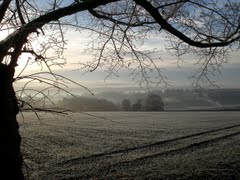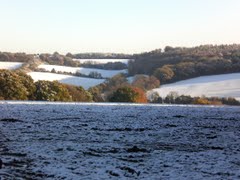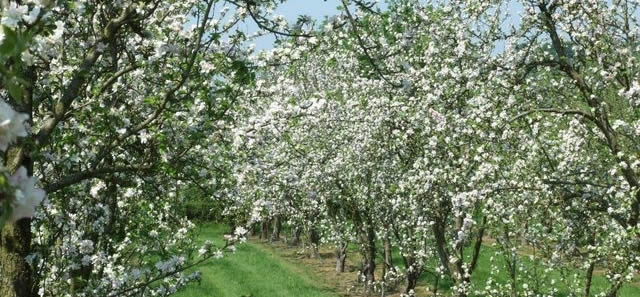 Landscape and Garden design are different from other forms of design. Why? Well, there are two reasons; firstly because we design with living things. This means our designs change with time. They are not ephemeral in the usual sense of the word, tending instead to improve with time. However, the other reason we are different is that we are always site-specific. This is sometimes true for other professions (architecture for example), but always true for landscape design. Sometimes I think that we do not sufficiently realise what a rare opportunity this represents.
Landscape and Garden design are different from other forms of design. Why? Well, there are two reasons; firstly because we design with living things. This means our designs change with time. They are not ephemeral in the usual sense of the word, tending instead to improve with time. However, the other reason we are different is that we are always site-specific. This is sometimes true for other professions (architecture for example), but always true for landscape design. Sometimes I think that we do not sufficiently realise what a rare opportunity this represents.
A few months ago, we looked at a site in the Gade Valley in Hertfordshire. We already have other projects in this valley, notably at a grade II* listed manorial house called Gaddesden Hall. The new plot we were looking at was different because it was a greenfield site where the client was planning an application under PPS7, which allows new houses to be built in the countryside if they are of exceptional architectural quality.
This new site really got me thinking about what it meant to be site specific in terms of design, and also how that related to the client. I suppose what defined it was not so much the views (which were fantastic) or the approach through the tree-covered lane, which I also really liked, but the way the site connected to the broader landscape. One of the things that I learned from working at Gaddesden Hall is that the Gade Valley has a rich history going back at least a couple thousand years, and probably longer. That is why the approach through the little lane overhung with trees was so important, because the feeling one gets walking up the track is of stepping backwards to something forgotten.

In landscape terms this would mean that our approach would not be to create a ‘garden’ as such. Neither would it be to try and ‘hide’ the house. In any case, in order to succeed the architect’s design would have to strike chords with its surroundings. In the simplest terms we would be looking at integration, but this works at a more fundamental level than a cosmetic or visual approach.
When we were standing on the site, I remarked to the client that although we were surrounded by classic English ‘countryside’, everything that we could see around us was a ‘manmade’ landscape. In effect of course this means a balance between human activity and natural forces. Ultimately any landscape that we would create would be the same – it would seek equilibrium between human activity and nature. How this will look depends partly on the activity – lawn, vegetable gardens, orchards, pasture, hedgerows, woodland and reedbeds all occupy different positions in the tapestry of the broader landscape and represent varying inputs of activity.

The skill would be to weave different elements (however few or many they may be) together into a whole that feels right, that feels as though it has always been there. It will be neither a pure expression of the site any more than it will be a pure distillation of who the client is (or the designer for that matter), but a manifestation of how we interact with the land, how we live in the place. In this way it will not only be unique but will change with time as our circumstances change and with every decision that we make.
John Wyer
